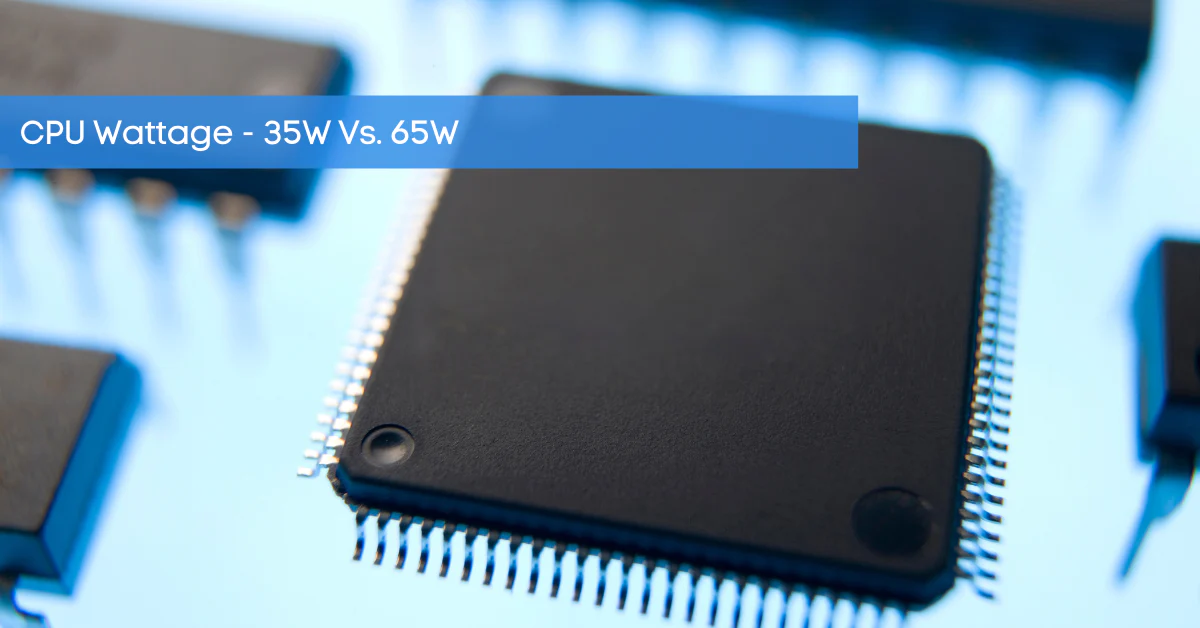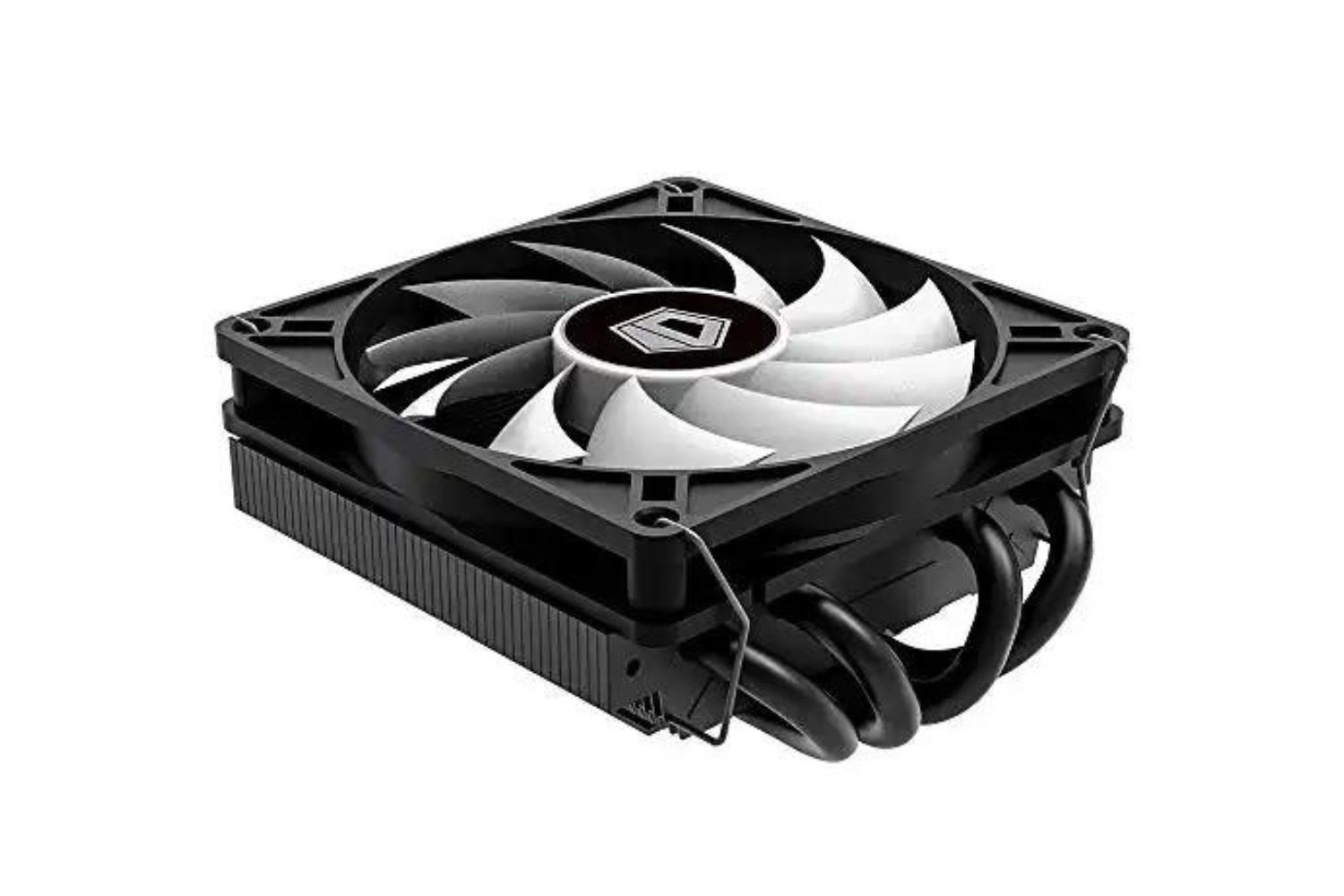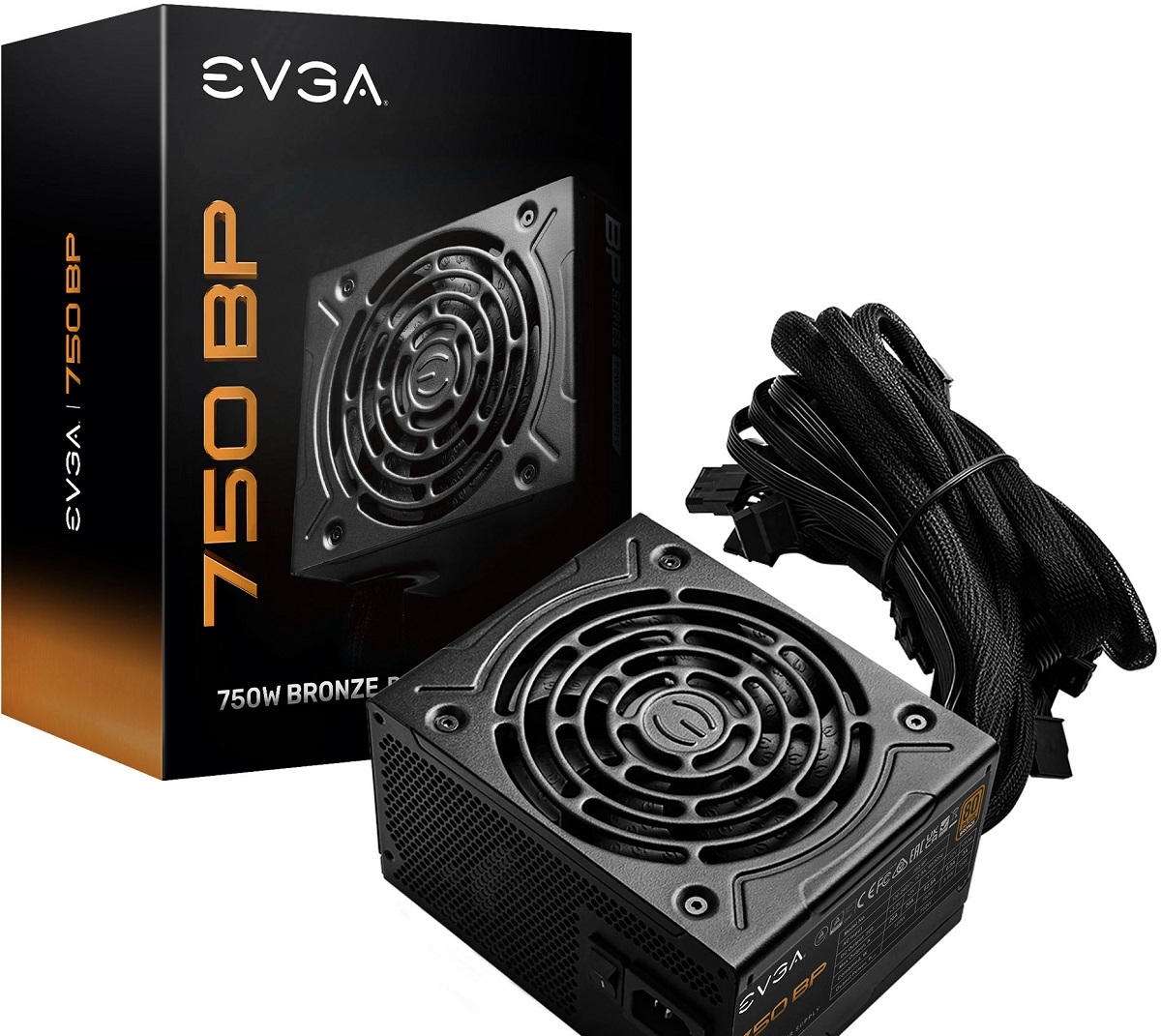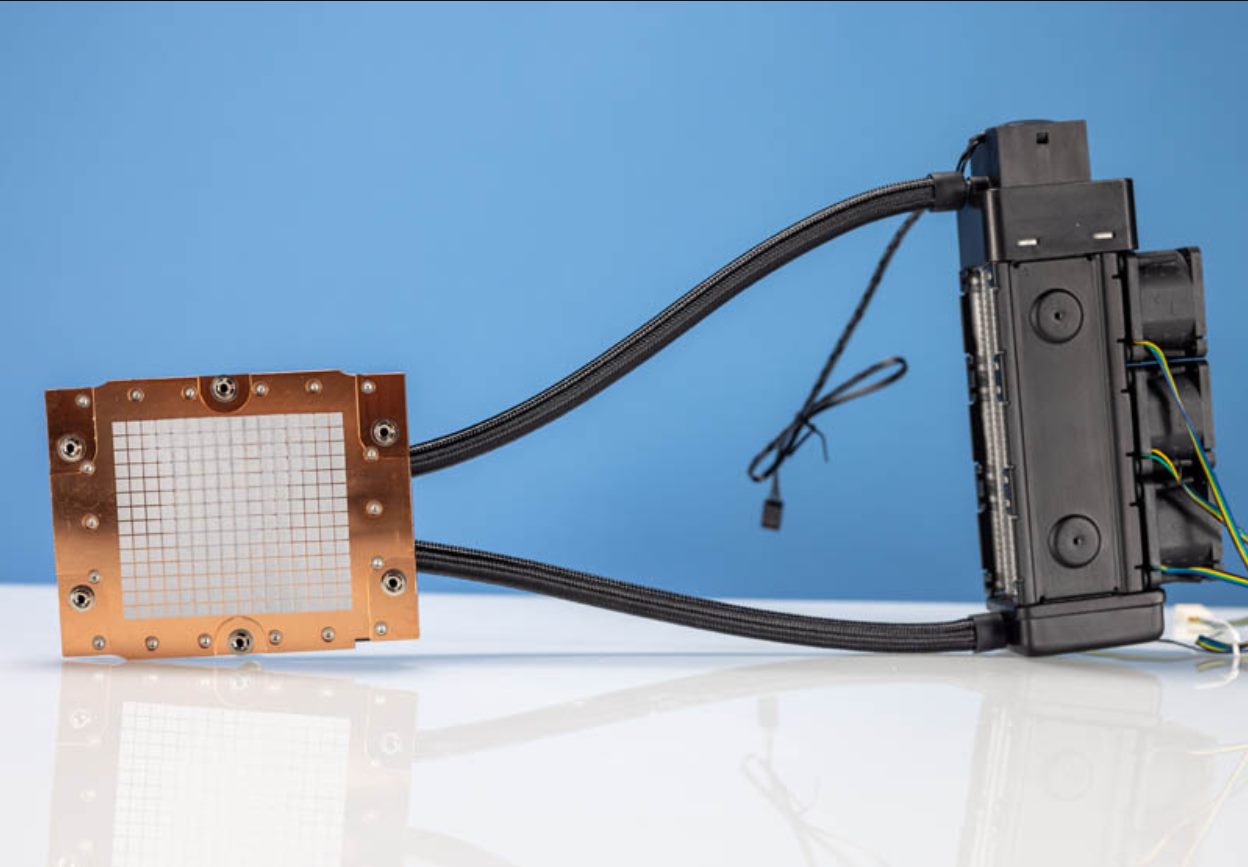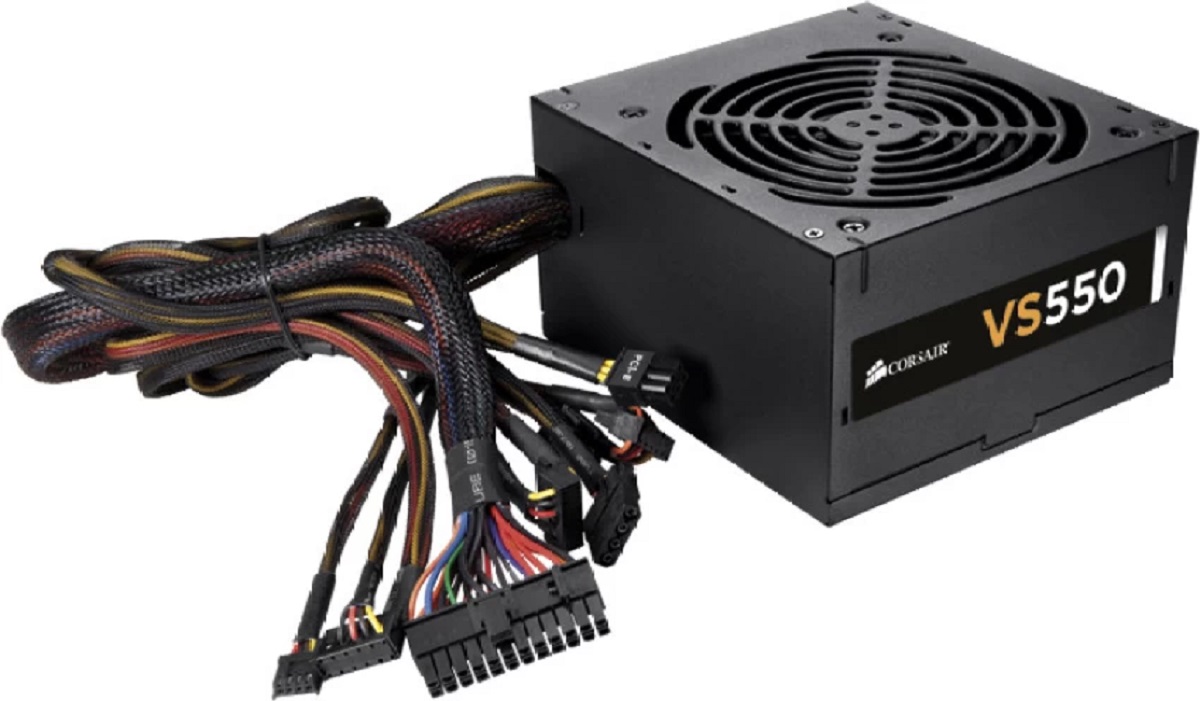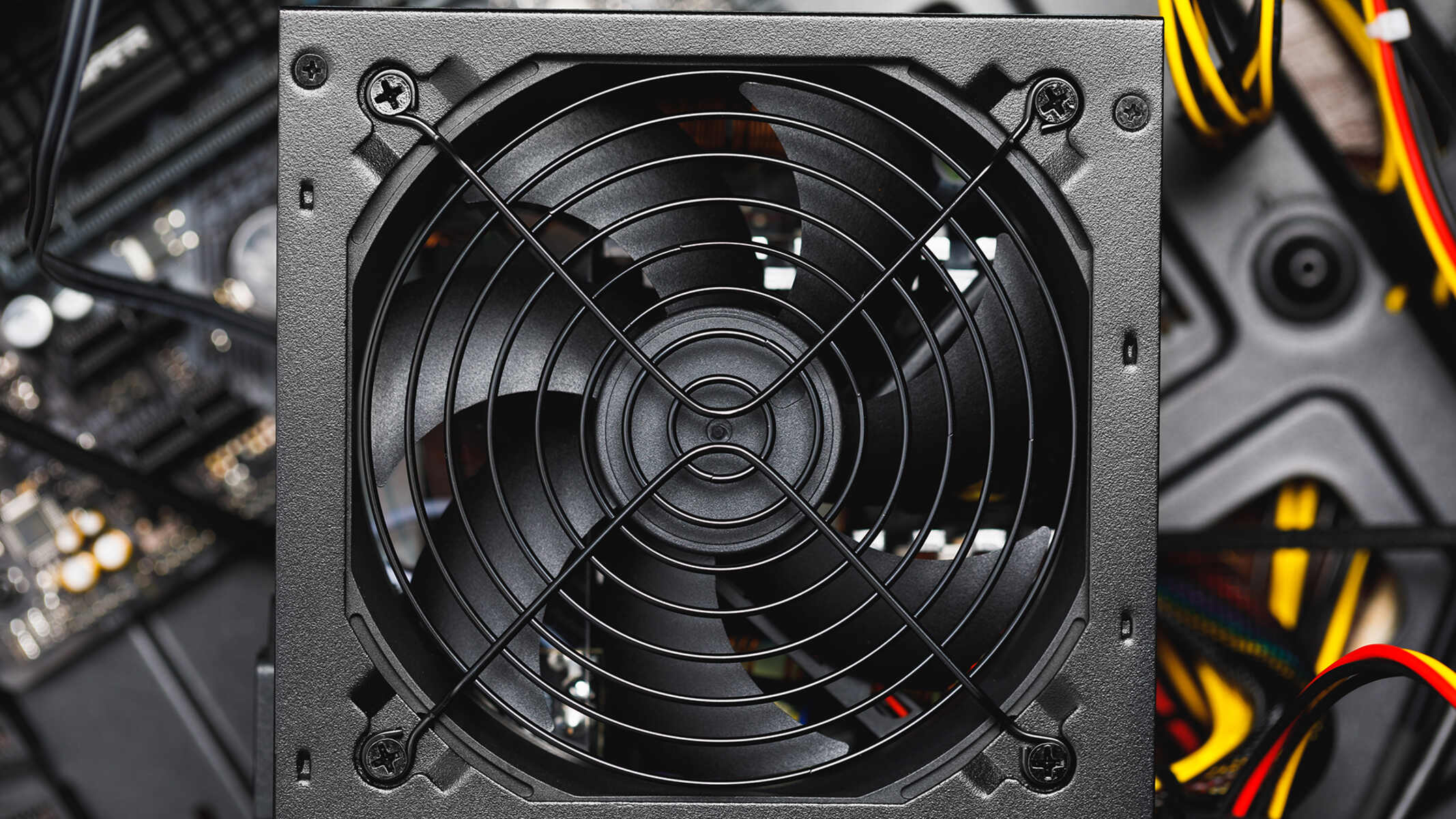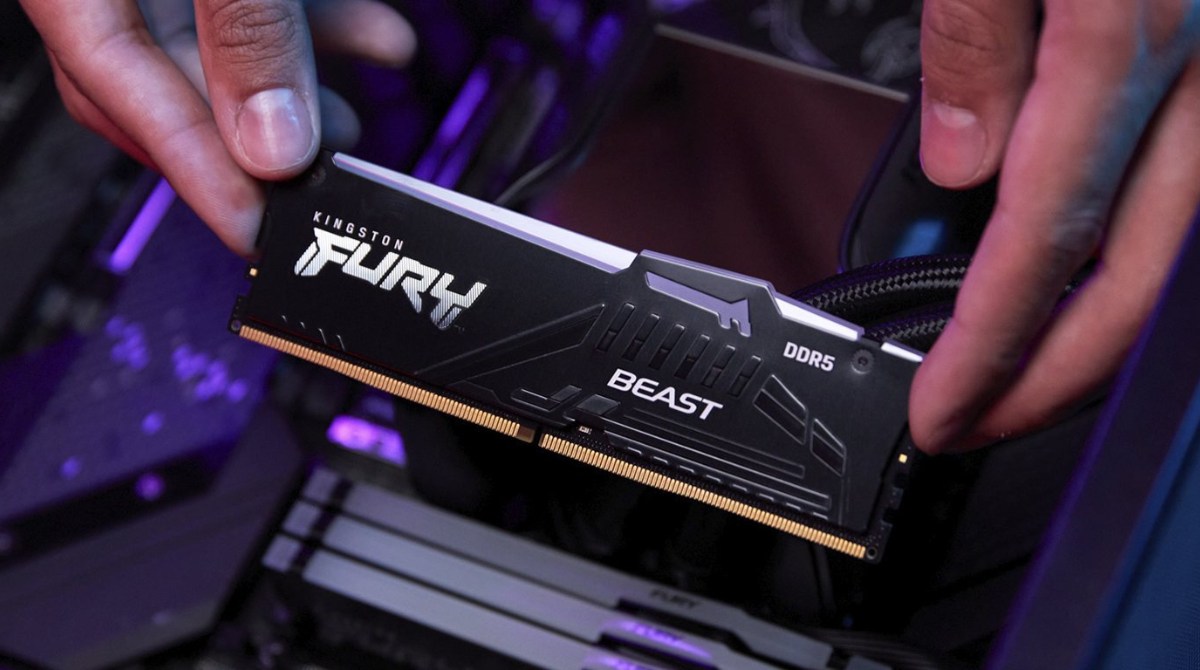Introduction
The amount of watts a CPU consumes is an important factor to consider when building or upgrading a computer system. CPU power consumption refers to the amount of electrical power that a central processing unit (CPU) requires to perform its tasks. Understanding the power consumption of a CPU is essential for several reasons, including estimating the electricity costs, choosing an appropriate power supply, and managing the system’s thermals.
With the advancements in technology and the demand for faster and more efficient processors, CPUs have become increasingly powerful and energy-efficient. However, it is still crucial to have a clear understanding of the factors that influence CPU power consumption and how to measure and compare it across different models.
In this article, we will delve into the concept of CPU power consumption, explore the factors that affect it, and provide insights on how to determine the power consumption of your CPU. We will also discuss the importance of Thermal Design Power (TDP) ratings and provide tips for reducing CPU power consumption. So, whether you are a PC enthusiast or a professional in the IT field, this article aims to equip you with the knowledge needed to make informed decisions when it comes to CPU power consumption.
Let’s jump right into it and explore the fascinating world of CPU power consumption!
What is CPU Power Consumption?
CPU power consumption refers to the amount of electrical power that a central processing unit (CPU) requires to perform its tasks. The power consumption of a CPU is measured in watts (W) and directly impacts the energy usage and heat generated by the processor.
Every operation carried out by a CPU, whether it’s performing basic arithmetic calculations or executing complex software tasks, requires a certain amount of electrical power. This power is supplied through the computer’s power supply unit (PSU) and is converted into the necessary current for the CPU to function.
The power consumption of a CPU can vary significantly depending on various factors, including the architecture, manufacturing process, clock speed, number of cores, workload, and efficiency optimizations implemented by the CPU manufacturer.
When a CPU consumes more power, it generally requires a higher voltage, generates more heat, and can potentially impact the overall system’s power consumption and cooling requirements. On the other hand, CPUs with lower power consumption are typically more energy-efficient, generate less heat, and can help prolong the battery life in mobile devices.
Understanding and managing CPU power consumption is crucial for both desktop and mobile computing. For desktop systems, it helps in selecting an appropriate power supply to ensure stability and efficient power delivery. In the case of laptops and mobile devices, lower power consumption can lead to longer battery life, which is highly desirable for users who rely on portable computing.
Next, we will explore the various factors that influence CPU power consumption, providing further insight into this important aspect of CPU performance and efficiency.
Factors that Affect CPU Power Consumption
Several factors influence the power consumption of a CPU, and understanding these factors can help users make informed decisions when it comes to selecting a CPU or optimizing power efficiency. Let’s take a closer look at some of the key factors:
- CPU Architecture: The architecture of a CPU plays a significant role in determining its power consumption. Different CPU architectures have varying efficiency levels and power-saving features. Newer architectures, such as Intel’s Core and AMD’s Zen, are generally more power-efficient compared to older architectures.
- Clock Speed: The clock speed of a CPU, measured in gigahertz (GHz), refers to the number of cycles the CPU can execute in a second. Generally, higher clock speeds result in increased power consumption because more operations are performed per unit of time. However, advancements in architecture and manufacturing processes have allowed CPUs to achieve higher clock speeds while maintaining reasonable power efficiency.
- Number of Cores: CPUs can have multiple cores, allowing them to perform tasks simultaneously. More cores typically result in higher power consumption as each core requires power to function. However, CPUs with multiple cores can distribute workloads efficiently, leading to improved multitasking performance and optimized power usage.
- Manufacturing Process: The manufacturing process used to produce a CPU impacts its power consumption. Smaller manufacturing nodes, such as 7nm or 10nm, generally result in lower power consumption and improved efficiency compared to larger nodes.
- Workload: The type and intensity of the workload on a CPU can significantly affect its power consumption. CPU-intensive tasks, such as video rendering or gaming, can result in higher power consumption compared to less demanding tasks like web browsing or word processing.
- Efficiency Optimizations: CPU manufacturers implement various power-saving features and technologies to improve efficiency and reduce power consumption. These may include dynamic voltage and frequency scaling (DVFS), where the CPU adjusts its voltage and frequency based on the workload, or sleep states that temporarily reduce power usage during periods of inactivity.
By considering these factors, users can determine the specific power requirements of a CPU and make informed decisions when selecting a CPU for their specific use case. In the next section, we will explore Thermal Design Power (TDP) and its significance in CPU power consumption.
Understanding CPU TDP
CPU Thermal Design Power (TDP) is a specification that indicates the amount of power a processor’s cooling system needs to dissipate in order to maintain the CPU within its operating temperature range under typical usage conditions. TDP is measured in watts (W) and serves as an important reference for both system builders and consumers.
The TDP rating provides an estimate of the maximum power consumption and heat generation of a CPU during normal operation. It helps determine the type and capacity of cooling solutions required to keep the CPU within its safe temperature limits. An insufficient cooling solution can result in the CPU overheating, leading to performance throttling, instability, or even permanent damage.
It’s important to note that TDP is not a direct measurement of a CPU’s actual power consumption. Instead, it serves as a guideline to help users understand the cooling requirements of a CPU. The actual power consumption of a CPU can vary depending on factors such as workload, clock speed, and power management settings.
CPU manufacturers determine the TDP rating by considering factors such as the CPU’s architecture, clock speed, power efficiency optimizations, and the thermal characteristics of the silicon die. The TDP rating is typically provided by the manufacturer and can be found in the CPU’s specifications.
When selecting a CPU, it’s essential to ensure that the cooling solution you choose is capable of handling the TDP of the CPU. This can be achieved by matching the TDP rating of the CPU with a compatible cooling solution, such as air or liquid cooling, to ensure efficient heat dissipation.
It’s worth mentioning that TDP should not be confused with power supply requirements. The TDP rating refers to the maximum power that the CPU can potentially consume, while the power supply requirement includes the power consumption of other system components, such as graphics cards, storage devices, and peripherals.
Understanding the TDP rating of a CPU is important for maintaining system stability and preventing thermal issues. By selecting a cooling solution that can handle the CPU’s TDP, users can ensure proper heat dissipation, optimize performance, and extend the lifespan of their CPU.
In the next section, we will explore how to find the power consumption of your CPU and compare power consumption across different CPU models.
How to Find the Power Consumption of Your CPU
Knowing the power consumption of your CPU can be helpful in several scenarios, such as estimating energy costs, selecting a compatible power supply unit (PSU), or optimizing power efficiency. While it may not be possible to obtain the precise power consumption of a CPU in real-time, there are several ways to estimate and find this information:
- Manufacturer Specifications: The most reliable source of information regarding CPU power consumption is the manufacturer’s specifications. CPU manufacturers typically provide TDP ratings for their processors, which give an estimate of the maximum power consumption under typical operating conditions. You can usually find this information on the manufacturer’s website or in the product documentation.
- Online Resources: There are several online resources and databases that compile and provide CPU information, including power consumption figures. Websites like CPU World, TechPowerUp, or AnandTech offer detailed specifications and reviews that often include power consumption data for various CPU models. These resources can be useful when comparing different CPUs or researching the power consumption of a specific model.
- Hardware Monitoring Tools: Some software tools allow you to monitor the power consumption of your CPU in real-time. For example, programs like HWMonitor, CoreTemp, or CPU-Z provide detailed information about various aspects of your system, including CPU power consumption. These tools read sensor data from the CPU and provide estimates based on measurements and algorithms.
- User Reviews and Forums: User reviews and forums can also be a valuable source of information when it comes to CPU power consumption. People who have used a particular CPU model can often provide insights into their power usage experiences. However, it’s important to consider that individual results may vary based on factors such as system configuration and workload.
By utilizing these resources, you can establish a reasonably accurate estimate of the power consumption of your CPU. Keep in mind that power consumption can vary depending on factors such as workload, clock speed, and power management settings. Therefore, it’s essential to consider the estimated power consumption as a reference rather than an exact value.
Next, we will explore how to compare the power consumption of different CPU models and provide tips for reducing CPU power consumption.
Comparing Power Consumption of Different CPU Models
When choosing a CPU for your system, it’s important to consider the power consumption of different CPU models to ensure compatibility with your power supply and system cooling capabilities. Here are some steps you can take to compare the power consumption of different CPU models:
- Refer to Manufacturer Specifications: The TDP rating provided by CPU manufacturers is an excellent starting point for comparing power consumption. TDP offers an estimate of the maximum power that a CPU can consume under typical operating conditions. Look for CPUs with similar TDP ratings to make meaningful comparisons.
- Review Independent Benchmarks: Independent hardware review websites often include power consumption benchmarks in their reviews. These benchmarks provide insights into the real-world power consumption of different CPU models. Keep in mind that power consumption can vary depending on factors like workload and clock speed, so consider multiple benchmarks and average the results for a more accurate comparison.
- Consider Power Efficiency: In addition to comparing TDP ratings, it’s also important to evaluate the power efficiency of different CPU models. Some CPUs may have a higher performance-to-power ratio, meaning they provide better performance for the same power consumption or vice versa. This consideration is particularly relevant if you’re aiming for a balance between performance and energy efficiency.
- Check User Reviews and Forums: User reviews and forums can provide valuable insights into the power consumption of different CPU models in real-world scenarios. Reading about the experiences of actual users who have used specific CPUs can help you understand how different models perform in terms of power consumption.
- Consider Workload and Usage: Keep in mind that power consumption can vary depending on the workload and usage scenarios. CPUs that are designed for high-performance tasks like gaming or video editing may consume more power compared to models optimized for energy efficiency and low power consumption. Consider your specific usage requirements and ensure that the CPU you select aligns with your intended workload.
By considering these factors and utilizing available resources, you can effectively compare the power consumption of different CPU models. Remember that power consumption should be evaluated alongside other factors like performance, price, and compatibility to make a well-informed decision when selecting a CPU for your system.
Next, we will explore some tips for reducing CPU power consumption, which can be useful for optimizing energy efficiency and managing system thermals.
Tips for Reducing CPU Power Consumption
Reducing CPU power consumption not only helps save energy but can also lead to lower heat generation, which can improve system stability and prolong the lifespan of your CPU. Here are some tips to help you optimize CPU power consumption:
- Enable Power Saving Features: Modern CPUs come equipped with power-saving features such as Intel’s SpeedStep or AMD’s Cool’n’Quiet. These features dynamically adjust the CPU’s frequency and voltage based on workload. Enabling these features in your system’s BIOS or power management settings can significantly reduce CPU power consumption during periods of lower demand.
- Optimize CPU Performance Settings: Adjusting your CPU’s performance settings can reduce power consumption. If you don’t require maximum performance at all times, consider setting your CPU to a lower power mode. This can include selecting power-saving profiles or adjusting CPU multiplier settings in the BIOS. However, be mindful that reducing performance may impact your system’s responsiveness.
- Manage Background Processes: Close unnecessary applications and disable background processes that consume CPU resources. Background processes can increase CPU utilization, resulting in higher power consumption. Regularly check your system for unnecessary processes or applications running in the background and close them to improve power efficiency.
- Monitor CPU Temperatures: High CPU temperatures can lead to increased power consumption. Ensure that your system’s cooling solution is functioning optimally and that the CPU is operating within the recommended temperature range. Cleaning dust from CPU heatsinks, ensuring proper airflow in your PC case, and using high-quality thermal paste for the CPU can help maintain lower temperatures and reduce power consumption.
- Efficient Cooling Solutions: Consider investing in efficient cooling solutions for your CPU, such as aftermarket air coolers or liquid cooling systems. Efficient cooling helps dissipate heat more effectively, allowing your CPU to operate at lower temperatures and potentially reduce power consumption.
- Choose Energy-Efficient Components: When building or upgrading your system, consider selecting energy-efficient components, such as low-power memory modules and storage drives. Energy-efficient components consume less power and contribute to overall system power savings.
- Consider Undervolting: Undervolting is a technique that involves reducing the voltage supplied to the CPU while maintaining stable operation. This can lead to lower power consumption and reduced heat generation. However, undervolting requires careful monitoring to ensure system stability and reliability.
Implementing these tips can help reduce CPU power consumption and optimize energy efficiency in your system. However, it’s essential to strike a balance between power savings and system performance to ensure your computer meets your usage requirements.
Now that we have explored tips for reducing CPU power consumption, let’s wrap up with a summary of the key points discussed in this article.
Conclusion
Understanding and managing CPU power consumption is essential for optimizing energy efficiency, managing system thermals, and making informed decisions when selecting a CPU. In this article, we explored the concept of CPU power consumption and its significance in computer systems.
We discussed factors that influence CPU power consumption, such as architecture, clock speed, number of cores, manufacturing process, workload, and efficiency optimizations. These factors highlight the importance of considering various aspects when comparing the power consumption of different CPU models.
We also explored Thermal Design Power (TDP) and its role in indicating the cooling requirements of a CPU. TDP serves as a guideline for selecting an appropriate cooling solution to ensure stable and efficient operation.
To estimate the power consumption of a CPU, we discussed the importance of referring to manufacturer specifications, utilizing online resources, employing hardware monitoring tools, and considering user reviews and forums. These resources provide valuable insights for comparing and finding the power consumption of different CPU models.
Additionally, we provided tips for reducing CPU power consumption. Enabling power-saving features, optimizing CPU performance settings, managing background processes, monitoring CPU temperatures, selecting efficient cooling solutions, choosing energy-efficient components, and considering undervolting are effective strategies for achieving power savings.
By implementing the tips discussed in this article and understanding the factors that influence CPU power consumption, you can optimize energy efficiency, manage system thermals, and make informed decisions when selecting and using a CPU for your computer system.
We hope that this article has provided you with valuable insights into CPU power consumption and its optimization. Remember that balancing power savings with performance is crucial, and by considering all the relevant factors, you can create an efficient and reliable computing experience.







